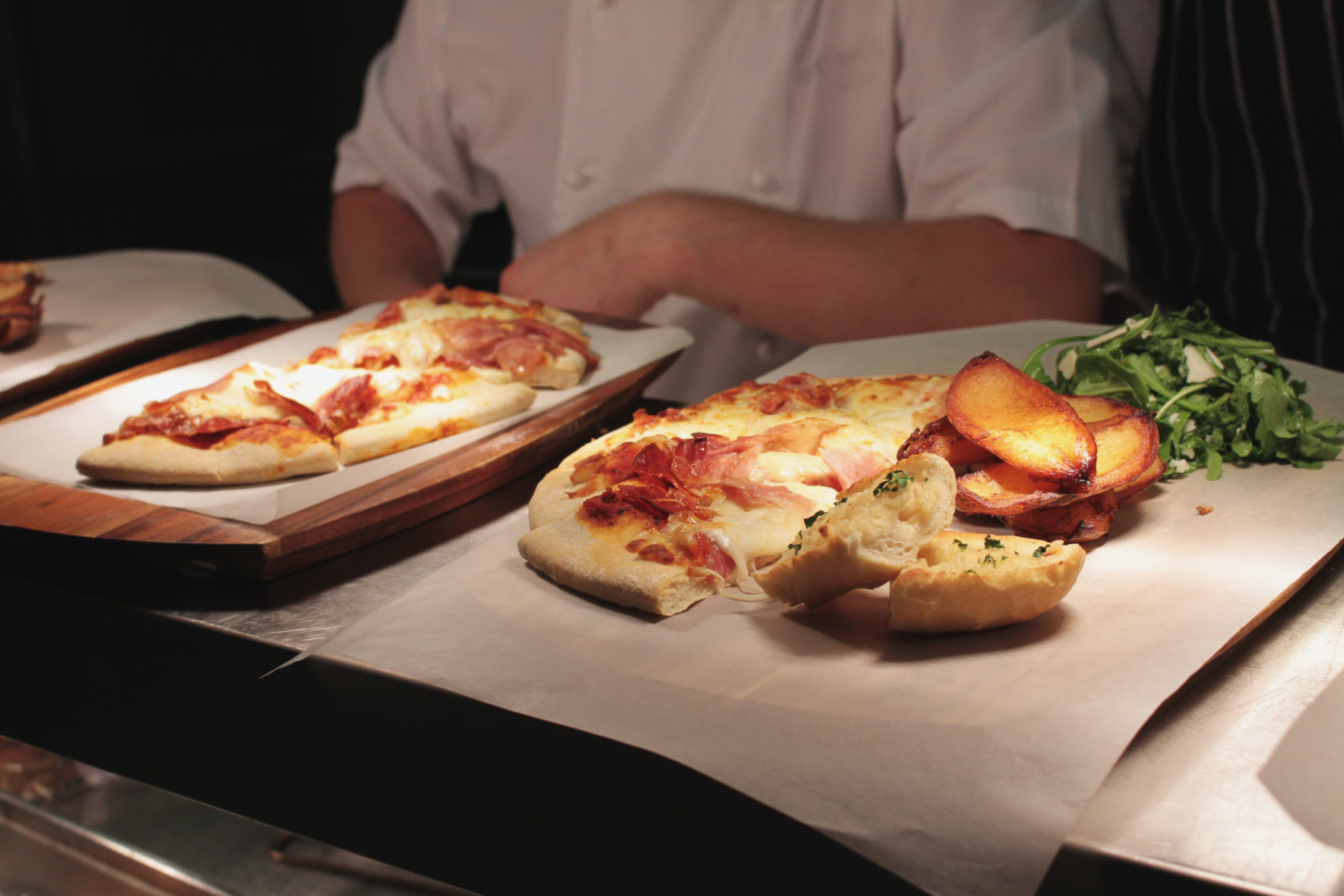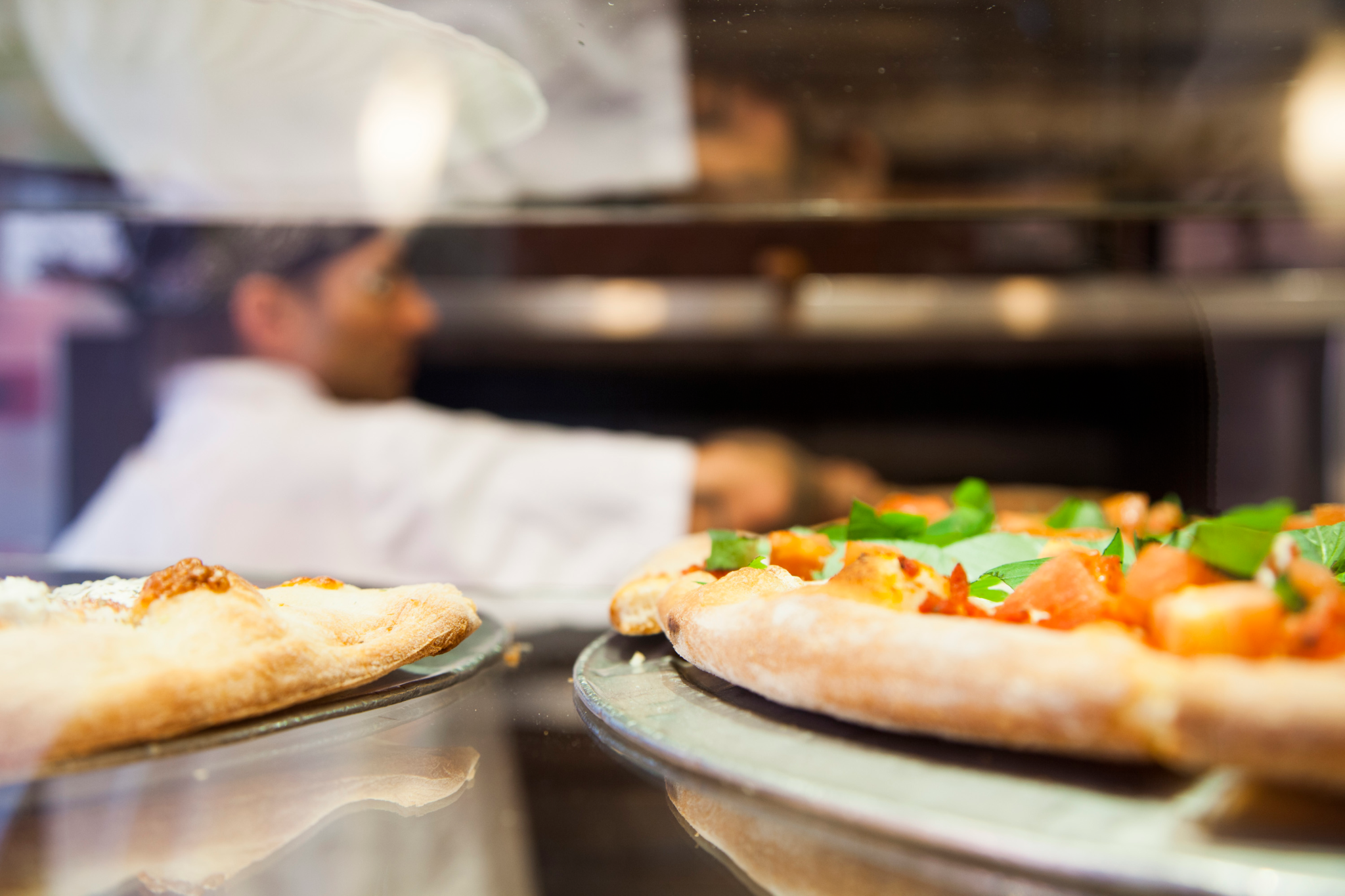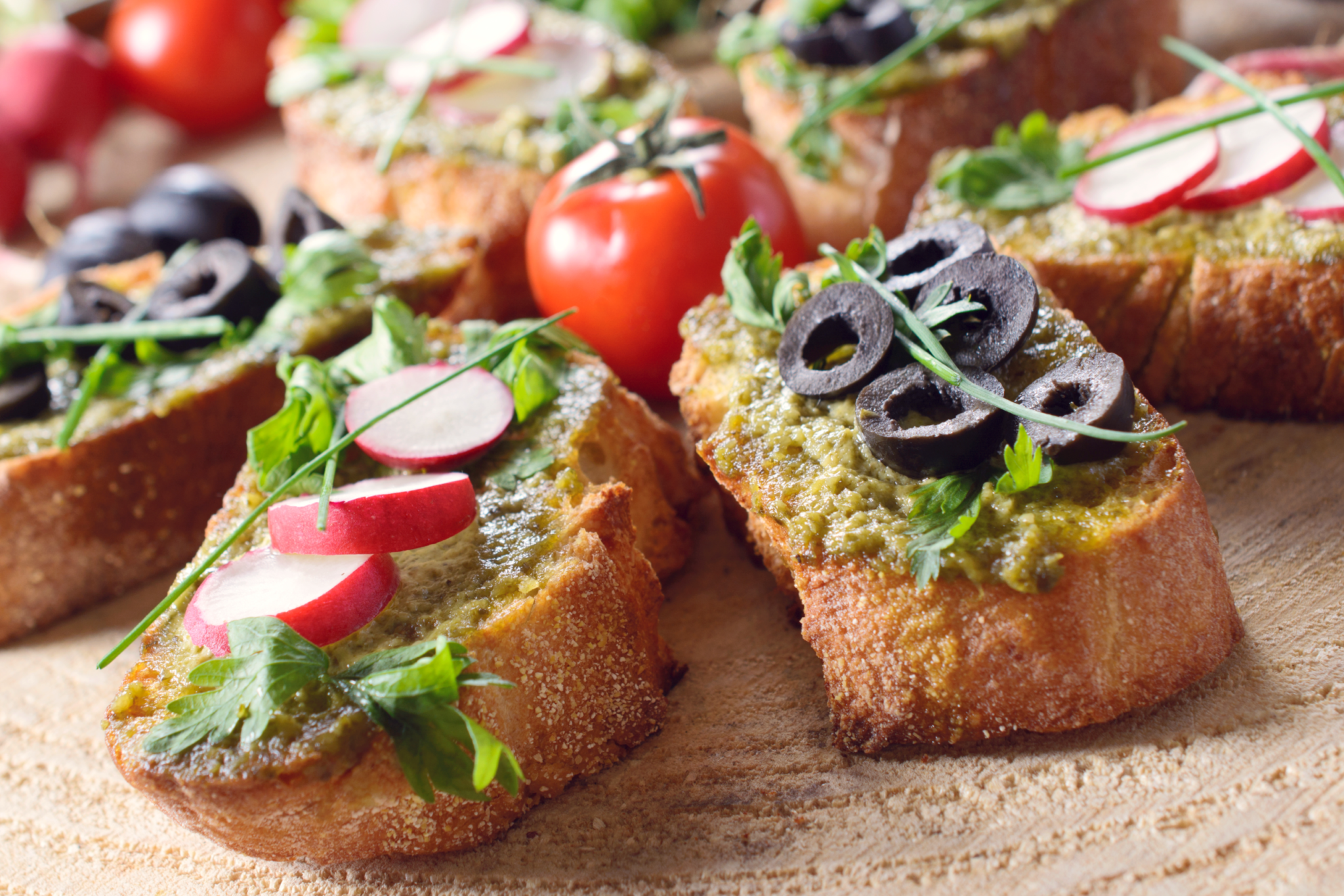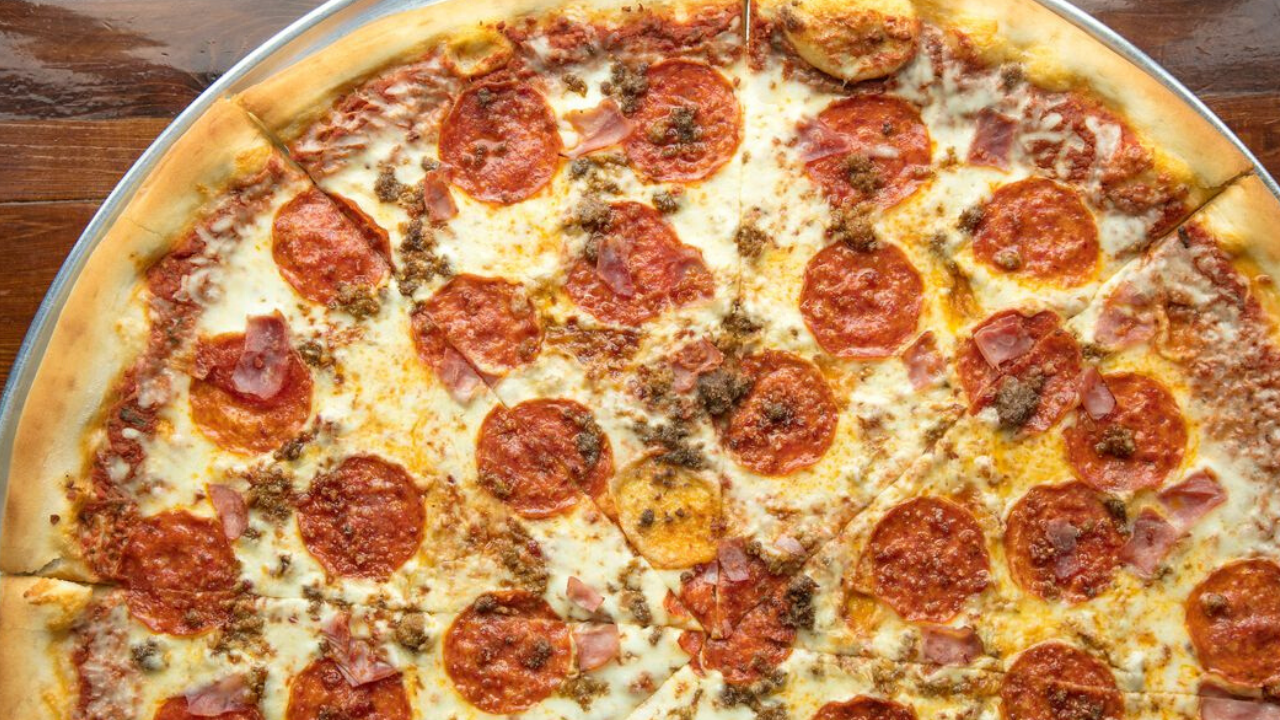Running a pizza restaurant can be both rewarding and challenging. As a restaurant owner, you face a unique set of obstacles that are specific to the industry. From managing inventory and attracting customers to maintaining consistent quality and dealing with high competition, there is a lot on your plate.
In this article, we will address the 10 most common challenges that pizza restaurant owners face and provide valuable solutions to overcome them. Whether you’re struggling to keep up with delivery orders or finding it difficult to retain customers, we have got you covered.
Our aim is to provide you with practical tips and proven strategies to help you navigate through these challenges and achieve success in your pizza business. We will share insights from industry experts and highlight real-life examples that will inspire and empower you to overcome any obstacle that comes your way.
So, if you’re ready to take your pizza restaurant to the next level, keep reading for solutions to the most common challenges faced by pizza restaurant owners. Let’s get started!
- 1. Hiring and Retaining Skilled Staff
- 2. Managing Inventory and Food Costs
- 3. Dealing with High Competition in the Pizza Industry
- 5. Ensuring Consistent Quality
- 6. Handling Customer Complaints and Negative Reviews
- 7. Maximizing Efficiency in the Kitchen and Dining Area
- 8. Marketing and Promoting Your Pizza Restaurant
- 9. Adapting to Changing Consumer Preferences and Dietary Restrictions.
- 10. Embracing Technology For Better Operations and Customer Experience
- FAQ
1. Hiring and Retaining Skilled Staff

One of the biggest challenges in running a pizza restaurant is hiring and retaining skilled staff. Your business’s success relies heavily on your employees’ expertise and dedication. To overcome this challenge, you must have a well-defined hiring process.
Start by clearly defining the roles and responsibilities of each position in your restaurant. This will help you attract candidates who are the right fit for your business. When interviewing potential employees, ask them about their previous experience in the industry and their passion for food and customer service.
Once you have hired the right staff, creating a positive work environment that encourages growth and development is important. Provide regular training sessions to improve their skill set and motivate them to take ownership of their roles. Recognize and reward their hard work to boost morale and increase employee retention.
Remember, hiring and retaining skilled staff is an ongoing process. Stay connected with your team, listen to their feedback, and address any concerns they may have. By investing in your employees, you will build a strong and dedicated team that will contribute to the success of your pizza restaurant.
2. Managing Inventory and Food Costs

Another common challenge in the pizza industry is managing inventory and food costs. To run a profitable restaurant, you need to strike the right balance between quality and cost efficiency. Here are some tips to help you overcome this challenge.
Implement a robust inventory management system
Regularly monitor your stock levels and track your sales to avoid overstocking or running out of essential ingredients. Use technology to automate your inventory tracking and streamline the ordering process.
Negotiate with your suppliers
Building strong relationships with your suppliers can help you secure better deals and discounts. Consider partnering with local farmers and suppliers to source fresh and high-quality ingredients at a lower cost.
Optimize your menu to reduce food waste
Analyze your sales data to identify the most popular items and focus on promoting them. Consider offering smaller portions or introducing daily specials to utilize ingredients close to their expiration date.
By effectively managing your inventory and food costs, you can increase your profit margins and improve the financial health of your pizza restaurant.
A great tool for helping with food costs and inventory is WookAI.
3. Dealing with High Competition in the Pizza Industry

In the highly competitive pizza industry, standing out from the crowd can be a challenge. To attract and retain customers, you need to differentiate your pizza restaurant from the competition. Here are some strategies to help you overcome this challenge.
Focus on creating a unique and memorable dining experience.
Pay attention to the ambiance of your restaurant, invest in comfortable seating, and train your staff to provide exceptional customer service. Consider offering themed nights, live music, or interactive cooking experiences to make dining at your restaurant an unforgettable experience.
Leverage the power of online platforms and social media
Create an engaging website with mouth-watering visuals and an easy-to-use online ordering system. Use social media platforms to share behind-the-scenes stories, customer testimonials, and special promotions. Encourage your customers to leave reviews and recommendations to build trust and credibility.
Collaborate with other local businesses and community organizations
Participate in food festivals, sponsor local events, or offer catering services for corporate functions. By becoming an active member of your community, you can attract new customers and build a loyal customer base.
Remember, in the competitive pizza industry, it’s important to continuously innovate and adapt to changing customer preferences. Stay ahead of the trends, listen to your customers’ feedback, and be open to trying new ideas.
5. Ensuring Consistent Quality

Maintaining consistent quality and taste is crucial for the success of any pizza restaurant. Customers expect their favorite pizza to taste the same every time they visit your establishment. Here are some tips to ensure that your pizza consistently meets the highest standards.
Invest in high-quality ingredients
Use fresh produce, premium cheeses, and authentic spices to create pizzas that are packed with flavor. Develop relationships with local suppliers who can provide you with the freshest ingredients.
Train your staff
to follow standardized recipes and cooking techniques. Consistency starts in the kitchen, so make sure that every member of your team understands the importance of following recipes accurately. Conduct regular taste tests to ensure that your pizzas meet your quality standards.
Implement quality control measures
Regularly inspect your kitchen equipment to ensure that it is functioning properly. Monitor the temperature of your ovens and refrigerators to maintain food safety. Train your staff to handle food with care and maintain proper hygiene practices.
By prioritizing consistent quality and taste, you will build a reputation for excellence and earn the loyalty of your customers.
6. Handling Customer Complaints and Negative Reviews

No matter how well you run your pizza restaurant, there will inevitably be times when you receive customer complaints or negative reviews. It’s important to handle these situations with professionalism and empathy. Here’s how you can turn a negative experience into a positive one.
Listen to your customers and acknowledge their concerns.
Apologize for any inconvenience they may have experienced and assure them that you will address their issues. Train your staff to handle complaints effectively and empower them to resolve issues on the spot.
Take immediate action to rectify the situation.
Offer a replacement pizza, a discount on their next visit, or a gift card as a gesture of goodwill. Follow up with the customer after their visit to ensure that they are satisfied with the resolution.
Learn from customer feedback
Make improvements to prevent similar issues in the future. Regularly review your processes and procedures to identify areas for improvement. Consider conducting customer surveys or implementing a feedback system to gain valuable insights.
Remember, customer complaints and negative reviews provide an opportunity for growth and improvement. By handling them effectively, you can turn dissatisfied customers into loyal brand advocates.
7. Maximizing Efficiency in the Kitchen and Dining Area
Efficiency is key to running a successful pizza restaurant. Streamlining your operations in the kitchen and dining area can help you serve more customers and increase your revenue. Here are some strategies to maximize efficiency.
Optimize your kitchen layout
Arrange your workstations in a logical order to minimize movement and save time. Invest in modern kitchen equipment that can help you prepare pizzas quickly and efficiently. Train your staff to work as a cohesive team and communicate effectively.
Implement technology solutions
Use a point-of-sale system that integrates with your online ordering platform to streamline order processing. Consider using kitchen display screens to improve communication between the front and back of the house.
Analyze your sales data
Identify peak hours and allocate your staff accordingly. By having the right number of employees during busy periods, you can minimize wait times and provide prompt service to your customers.
Remember, efficiency is not just about speed; it’s about delivering a great experience to your customers. Focus on maintaining a balance between speed and quality to ensure customer satisfaction.
8. Marketing and Promoting Your Pizza Restaurant

Effective marketing and promotion are essential for attracting new customers and building brand awareness. Here are some strategies to help you market your pizza restaurant successfully.
Create a strong and consistent brand identity
Develop a logo, color scheme, and tagline that represent your restaurant’s unique selling proposition. Use these elements consistently across all your marketing materials, including your website, social media profiles, and print materials.
Leverage the power of social media
Engage with your target audience. Create enticing visuals of your pizzas and share them on platforms like Instagram and Facebook. Run contests, offer exclusive promotions, and encourage user-generated content to increase your reach and engagement.
Invest in online advertising
Use platforms like Google Ads and Facebook Ads to target potential customers in your local area. Consider partnering with food influencers or local bloggers to amplify your reach.
Don’t forget about traditional marketing methods. Distribute flyers, advertise in local newspapers, and participate in community events to raise awareness about your pizza restaurant.
Remember, effective marketing requires consistency and creativity. Experiment with different strategies, measure their effectiveness and adapt your approach based on the results.
9. Adapting to Changing Consumer Preferences and Dietary Restrictions.

Consumer preferences and dietary restrictions are constantly evolving. To stay relevant and cater to a wider audience, it’s important to adapt to these changes. Here’s how you can overcome this challenge.
Offer a variety of pizza options to accommodate different dietary preferences. Include gluten-free, vegan, and vegetarian options on your menu. Clearly label these options and provide detailed ingredient information to make it easy for customers to make informed choices.
Stay updated with the latest food trends and incorporate them into your menu. Experiment with new flavors, toppings, and cooking techniques to keep your menu fresh and exciting. Consider offering seasonal specials to attract customers looking for something unique.
Actively listen to your customers and seek feedback. Conduct surveys or hold focus group sessions to understand their preferences and expectations. Use this information to make informed decisions about your menu and service offerings.
By adapting to changing consumer preferences and dietary restrictions, you can attract a wider customer base and increase customer loyalty.
10. Embracing Technology For Better Operations and Customer Experience

Technology can significantly enhance the operations and customer experience in your pizza restaurant. Embrace the latest technological advancements to overcome operational challenges and provide a seamless experience to your customers.
Implement an online ordering system
that integrates with your website and social media platforms. This will allow customers to place orders conveniently from their mobile devices. Consider offering delivery services or partnering with third-party delivery platforms to reach customers beyond your immediate vicinity.
Use customer relationship management (CRM) software
to manage customer data and personalize their experience. Collect email addresses and phone numbers to send targeted promotions and special offers. Utilize email marketing campaigns to keep your customers engaged and informed.
Leverage data analytics
Monitor key performance indicators like average order value, repeat customer rate, and customer satisfaction scores. Use this data to make data-driven decisions and identify areas for improvement.
By embracing technology, you can streamline your operations, improve customer satisfaction, and stay ahead of the competition in the digital age.
FAQ
What are the challenges in pizza business?
High overhead costs, from ingredients to equipment and location rent, can also pose significant hurdles. Lastly, maintaining consistent quality across all pizzas while ensuring prompt delivery is often a tough balancing act.
What difficulties come up running a restaurant?
Hiring experienced, reliable personnel, and maintaining a positive work environment to minimize turnover is critical. Additionally, meeting health and safety regulations requires constant vigilance and can be particularly taxing. Finally, striking the right balance between offering a unique, appealing menu and maintaining cost efficiency is another challenging aspect of running a restaurant.
What is the failure rate of pizza shops?
The failure rate of pizza shops is relatively high, consistent with the trends generally seen in the restaurant industry. Industry statistics suggest that about 60% of new pizza shops close or change ownership within their first year of operations, and nearly 80% shut their doors before their fifth year.
Is pizza highly profitable?
While the pizza industry can indeed be profitable, its success is contingent on several factors. With the right business model, effective cost management, and high customer demand, a pizza shop can yield healthy profits. However, considering the high failure rate and the challenges in maintaining consistent quality, managing overhead costs, and navigating a crowded market, profitability is far from guaranteed.

